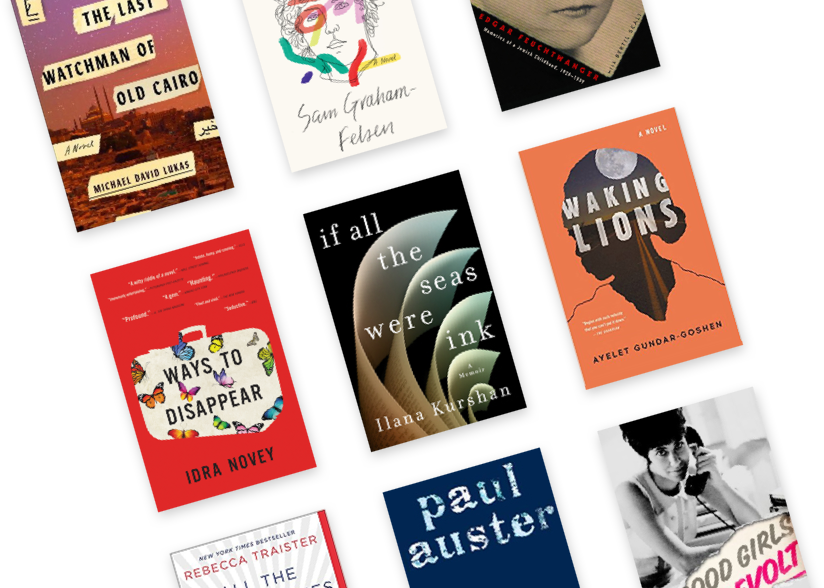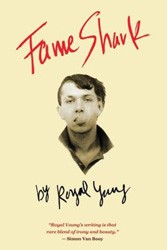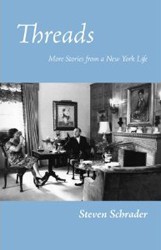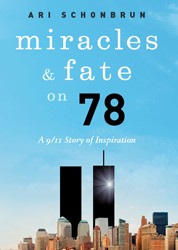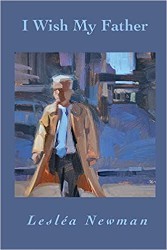Hello (And Goodbye) To All That: A Memoir of a Changing New York in the 21st Century captures author Jonathan Liebson’s explorations of New York City.
Growing up in suburban Chicago, Liebson is inspired by his usually uncommunicative father’s stories about his boyhood in New York. In the late 1990s, he seizes an opportunity to attend graduate school at NYU. Initially, the memoir reads like a snapshot of the city at this time, one replete with payphones, subway tokens, and slices of pizza that cost less than $2. While the desire to know more about his father’s native New York draws him there, Liebson soon makes the city his own, learning to navigate the impossible rental market and challenging roommates. Juggling teaching and freelance writing, he witnesses the attack of the World Trade Center, Hurricane Sandy, and the devastation of the Covid pandemic. He balances the hardships of his urban life with the charms that keep him from leaving, including his passion for cycling and cafés.
Through its rich descriptions of Manhattan and Brooklyn, and appreciation of the literature created by other New Yorkers, Hello (And Goodbye) To All That delves into the significance that a place can have in lives. With each sentence, Liebson invites readers to imagine themselves discovering the city through his eyes, like turning down an unfamiliar street and stumbling upon a lush public park. Every chapter is dedicated to different aspects of the author’s experiences, and although they connect to one another, each one is an essay that stands on its own, making this a book one can savor over time.
It seems as if Liebson’s love of New York City might be deeper than that of many who grow up there, and the absence of any mention of romantic entanglements makes the reader feel that New York is the focus of his passion. And yet he also asserts that one is never truly alone in the city. Even when observing the streets from his unique perspective, Liebson does not disconnect from its inhabitants. Some of the author’s closest encounters have been with strangers — from celebrities to a good Samaritan who guides him away from an angry encounter with a truck driver who has nearly run him over.
Liebson’s Jewish identity is never announced but implicit, like that of the city’s, and is woven throughout the book. He mentions the delicatessens he frequents and the Jewish authors he admires and meets; he teaches a class about Jews in America. He is alarmed by the antisemitic graffiti discovered in his local playground, and places it in the context of the Nazi rally in Charlottesville, the Tree of Life synagogue shooting in Pittsburgh, and the stabbing of a rabbi in Monsey, New York. Even when Liebson’s focus is the city where he lives, he never loses his awareness of the larger setting of the country’s political trends and racism.
The book has much to offer any reader, and it would also make a wonderful addition to a college writing class syllabus. Liebson, by example, demonstrates how inhabiting an urban existence lends to the creative shape of new ideas. The landscape, the environment, and the people of New York City are all inspiration for his artistic life.
Sarah Leibov is a Chicago-based writer whose personal essays have appeared in HuffPost, Newsweek, Tablet, Lilith, and other publications. She enjoys sharing her stories onstage and online at www.sarahleibov.com.

